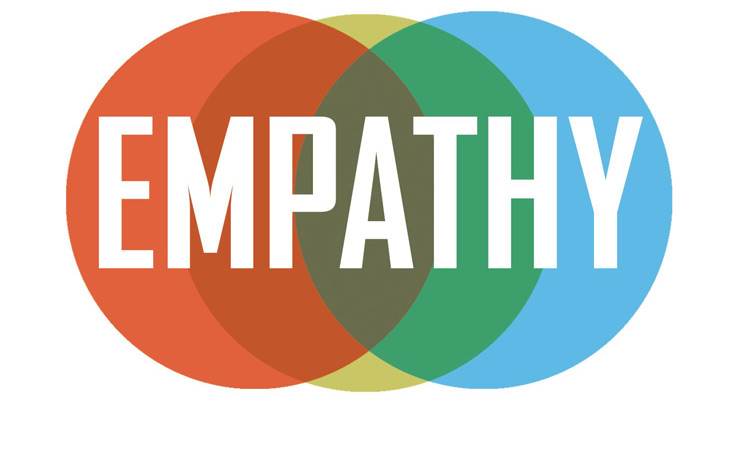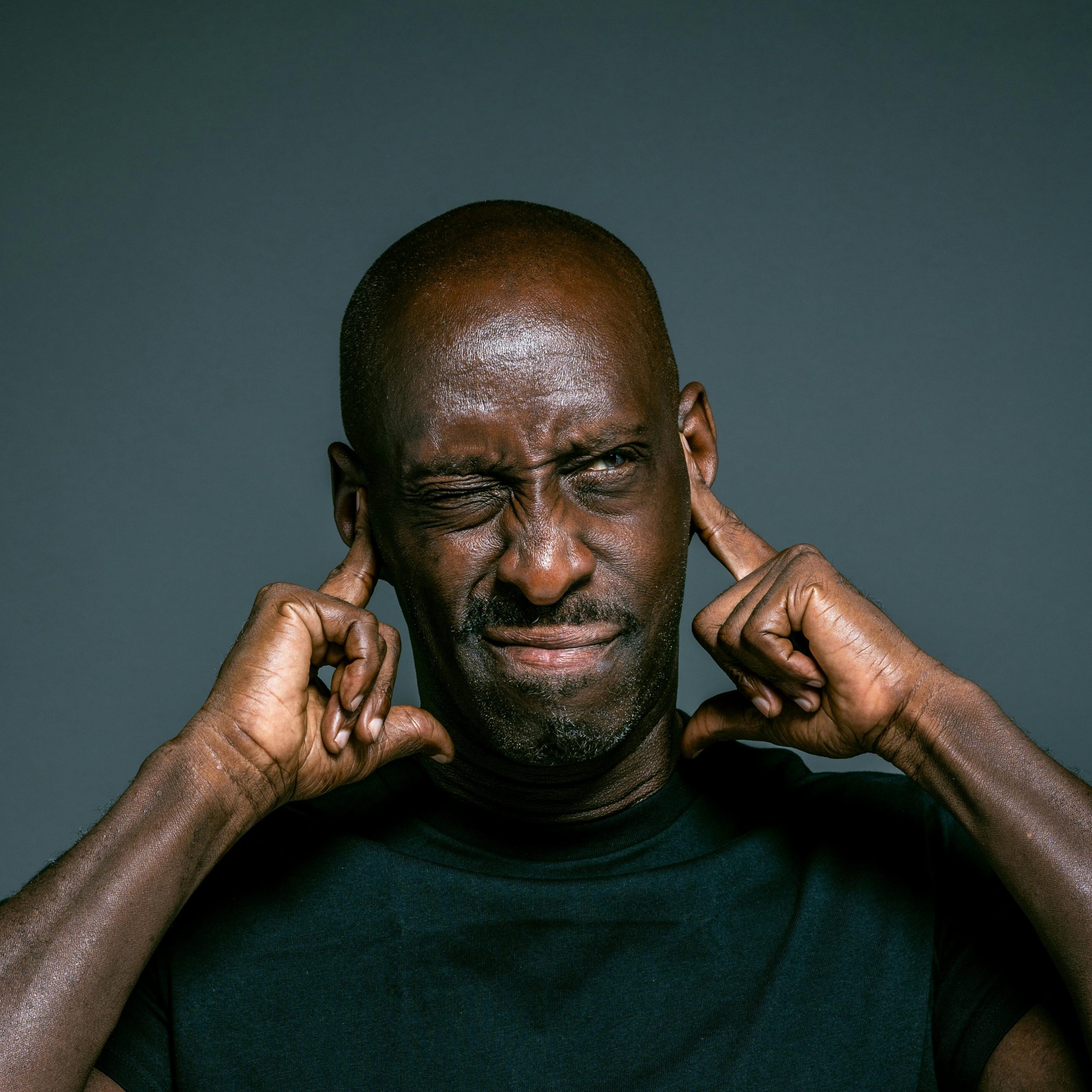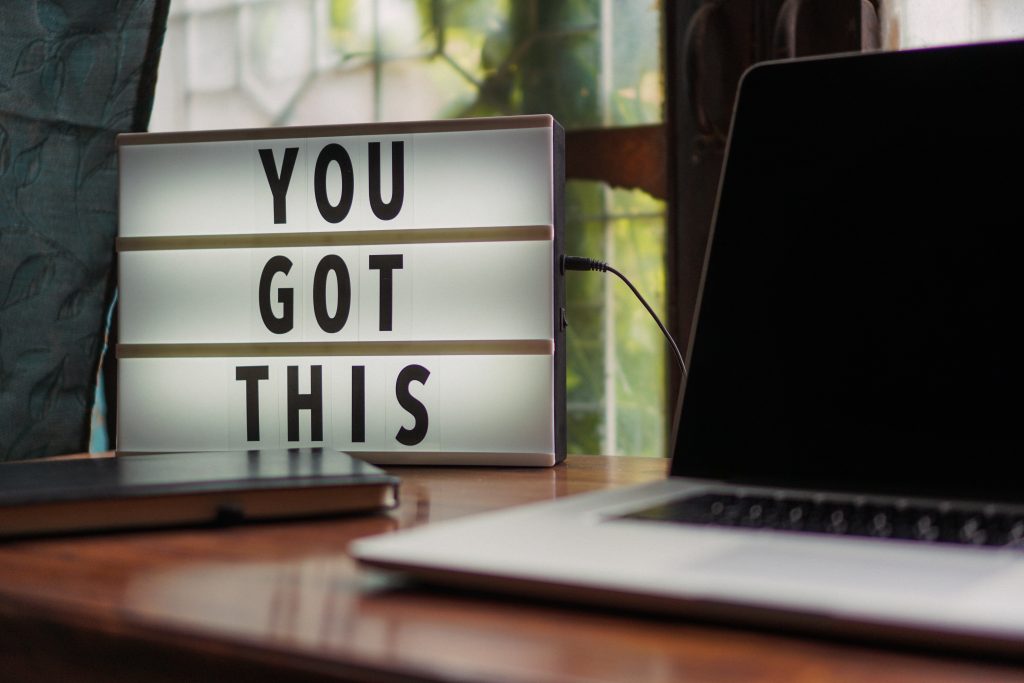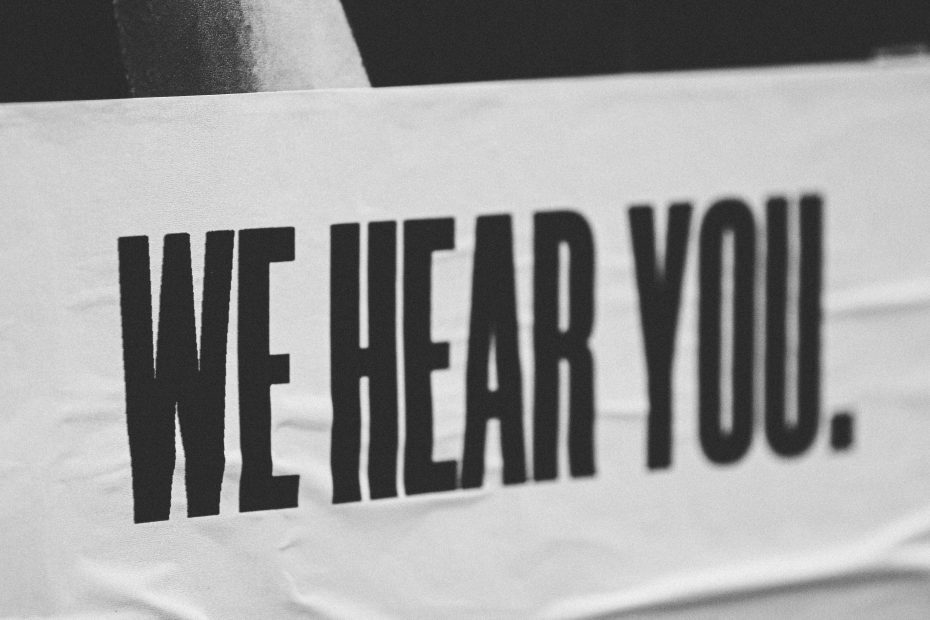Community building starts with listening. But listening isn’t just about hearing—it’s an art and a skill that requires creativity, empathy, and intentional effort. Listening is worth the effort: it builds trust, fosters belonging, and helps you to meet your community’s needs.
In this article, I’ll share key insights from my recent talk on The Art of Listening to Your Community, along with practical strategies you can use to identify opportunities and overcome barriers to listening. Learn more about how to become a better listener – and a better community builder.

What is listening?
Think about it: when was the last time you truly felt heard? As we all know, it makes a difference when someone takes the time to listen. Feeling heard is more than just validating words – it’s about feeling valued and understood.
Listening is more than just hearing. When we listen, we give attention to someone or something to truly understand them. This is why it’s the foundation of effective community building.
Listening is essential because:
You can’t build relationships without listening to other people.
- If you want to meet the needs of your members, you’ll need to listen to them.
- Without listening, you won’t be able to gather feedback and improve your community.
Listening goes beyond hearing words—it shifts your perspective to someone else. When you listen, you focus on the needs and experiences of your community. Listening helps us build trust and remain authentic.
It’s a transformative tool for changing lives, building stronger connections and gaining valuable insights. By listening, we can align the community with the needs of our members and our organisational goals.

The art and skill of listening
When you think about it, listening is both an art and a skill.
As an art, listening involves creativity, imagination, and handling emotions. When we listen, we interact and engage in a realistic way. We stay present, and we go beyond checking off a to-do list of listening tasks.
As a skill, listening requires intentional work in many stages: we step back, focus on the other person, reflect on what is being shared, and work hard to show understanding.
But we need something else. We need a way to move beyond hearing into understanding.
Empathy is the bridge between hearing and understanding. It enables you to speak someone else’s emotional language. To empathise, we step out of our feelings, put aside judgment, and focus on the other person. Listening is impossible without it.
That’s why empathy is more than a soft skill—it’s a community superpower.

Five ways to listen to your community
Listening spans from analysis to interpersonal communication. Here are five different ways to listen to your community:
Social Listening
Community builders use social listening to process and make sense of large volumes of community-generated content. Social listening is the best way to do this. It can be used to identify trends, demonstrate sentiment, or spot content gaps and emerging themes.Curation
We curate when we select from a larger body of content with a specific intention – demonstrating consensus, or illustrating a theme with anecdotal data. Curation can highlight and promote the voices of your community members to ensure they feel valued. Curation gives your community a voice.Collaboration and Co-Creation
There are many ways to interact with our communities. Collaboration and co-creation both start with co – which means with. Listening is vital when we collaborate or co-create. Collaboration involves working with our communities, and co-creation means creating something together. Listening acts as a tool to gather insight, involve everyone, and mutually explore new ideas. We act as a guide, not an instructor.Feedback and Development
To improve or change our communities, we need to consider what is working well, what is missing, and what can be improved. Listening is used in feedback and development to actively gather insight from our community members, sense-check ideas, and prioritise and group your content. Listening helps us to keep the focus on the perspective of our community, and the needs of our organisation.Empathic Communication
When we want to show understanding and connect with how our community are feeling, we need to use empathy. We have to put aside our feelings and thoughts to make space for a different perspective. Empathy is the most interpersonal and active form of listening. Moreover, empathic communication is a powerful tool to resolve conflicts, adapt your language to your audience, and offer emotional support.
Listening is so important to community building. In fact, it’s one of the most sought-after skills that I teach to online community teams.

The impact of listening
As we’ve just learned, listening is a helpful tool when we work with our community members to build relationships. However, listening also benefits the work we do to align the community with the goals of our organisation.
Listening delivers transformative business impact in three ways:
A Lens: Firstly, listening acts as a lens, providing a way to envision strategic goals and community needs.
A Lever: Secondly, it acts as a lever, empowering your organisation to sense-check its decision-making.
A Vehicle: Thirdly, listening acts as a vehicle of connection on a deeper level.
When we listen to our communities, we can deepen relationships, fostering a greater sense of belonging. We can also identify patterns and trends, spotting opportunities for future development, We can also find a realistic path forward to make improvements that will benefit our community members and our organisations.
Want to be community-led? You need to get listening right. You’ll need to embed community feedback into how you operate, what you change, and your future direction. That way you lead with the voice of your community.

Overcoming barriers and challenges
Listening isn’t always easy. We can face cognitive barriers and emotional challenges. These include:
Toxic Positivity: A temptation to ignore negative feedback and focus only on positive messaging.
- Making assumptions: We think we already know what the community thinks, or what is best.
- Overwhelm and pressure: When we ask questions, we worry about getting SO MANY answers!
Fear of criticism and challenge: Criticism can hurt. We worry about getting things wrong, or facing anger.
- Fear of the unknown: What happens after we listen? Uncertainty can cause anxiety.
The threat of feeling out of control: We feel there are too many problems for us to solve…
You’re nodding along at this, right? It is normal to feel this way. You’re not alone.
Listening isn’t easy. But don’t let the barriers and challenges stop you. Here are some ways to overcome them:
- Shift your mindset: View criticism as an opportunity for growth and feedback as a tool for improvement.
- Set boundaries: Protect your energy, and focus on what’s within your remit.
- Use empathy wisely: Recognise and validate emotions without absorbing negativity.
What’s more, there’s power in listening – even to complaints, negativity, or criticism. Becoming aware of the issues means that you have the opportunity to address them, make improvements, and advocate for your community. It gives you the chance to make things better.
Listening to your community members demonstrates – more than anything else – that their voices matter.

Mastering the art of listening
To master listening, it takes practice. In practice, this could mean:
Social listening: Learn how to gather data effectively, analyse it to find trends and gaps, and tell meaningful stories. Data is meaningless until we make sense of it.
Curation: Start with intention, select the best examples, and share content in a way that acknowledges and amplifies the voice of your community.
Feedback: Build a feedback flywheel as a process that drives momentum to validate, make informed decisions, demonstrate listening, and ultimately drive continuous improvement.
Facilitation: Put down your community content mic, and learn how to act as a guide. Use listening to ask, engage, and create space for honest discussions that lead to new ideas.
Empathic communication: Learn how to step out of your own perspective and shine a light on other people. Develop active listening skills and learn how to adapt your language to show deeper understanding.
Think of listening as a muscle—it strengthens with regular exercise.
With consistent effort, you can improve the way you listen to your community. As a result, you’ll build stronger, more impactful communities.
Ready to master the art of listening?
As we’ve learned, listening is the foundation of successful community building. It’s how you build trust, foster connection, and drive impact. But mastering the art of listening takes time, effort, and the right skills.
If you’re ready to take your listening skills to the next level, we can help. Complete this quick form to express your interest in Good Community’s training programmes and start your journey toward becoming a better listener—and a better community builder.
